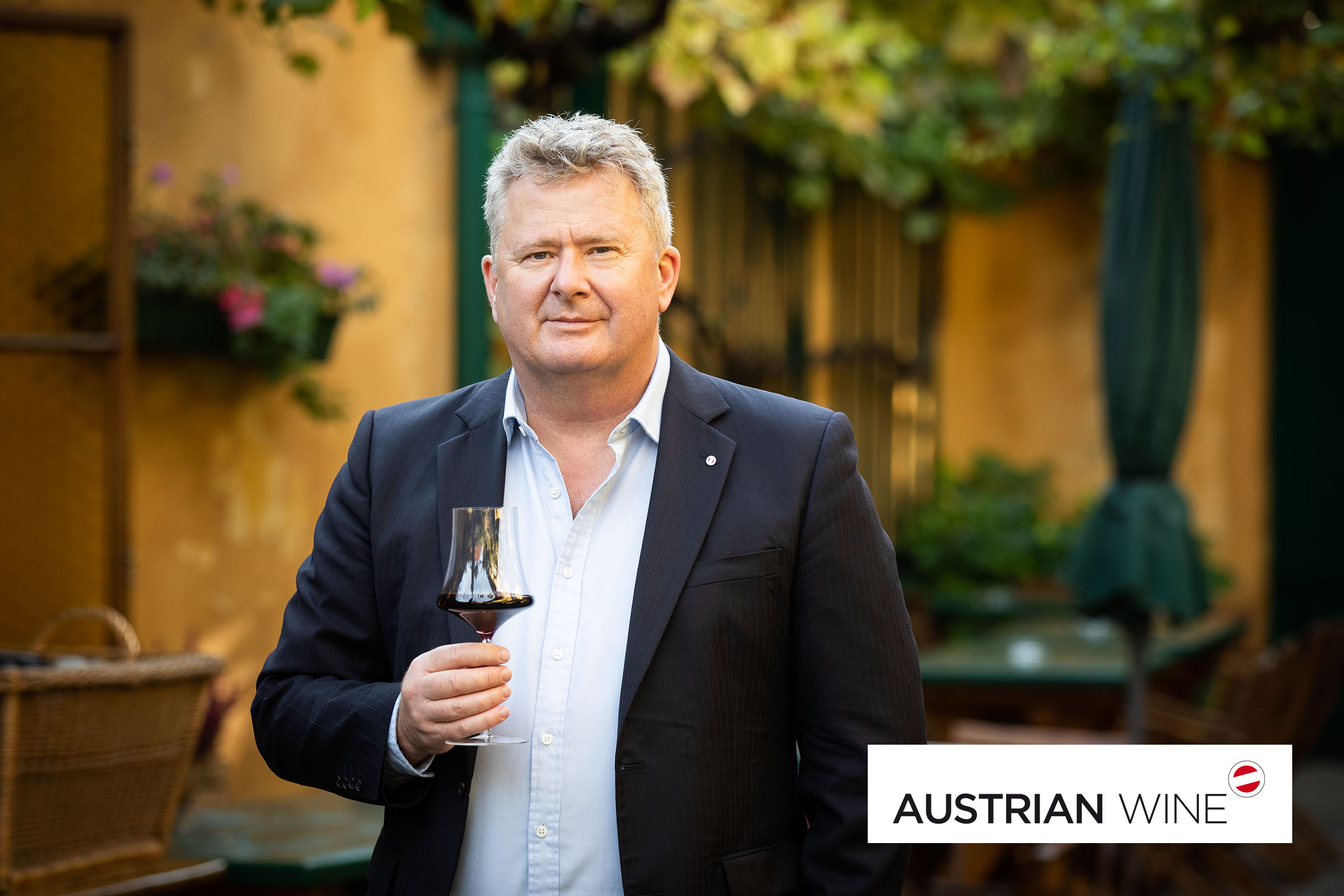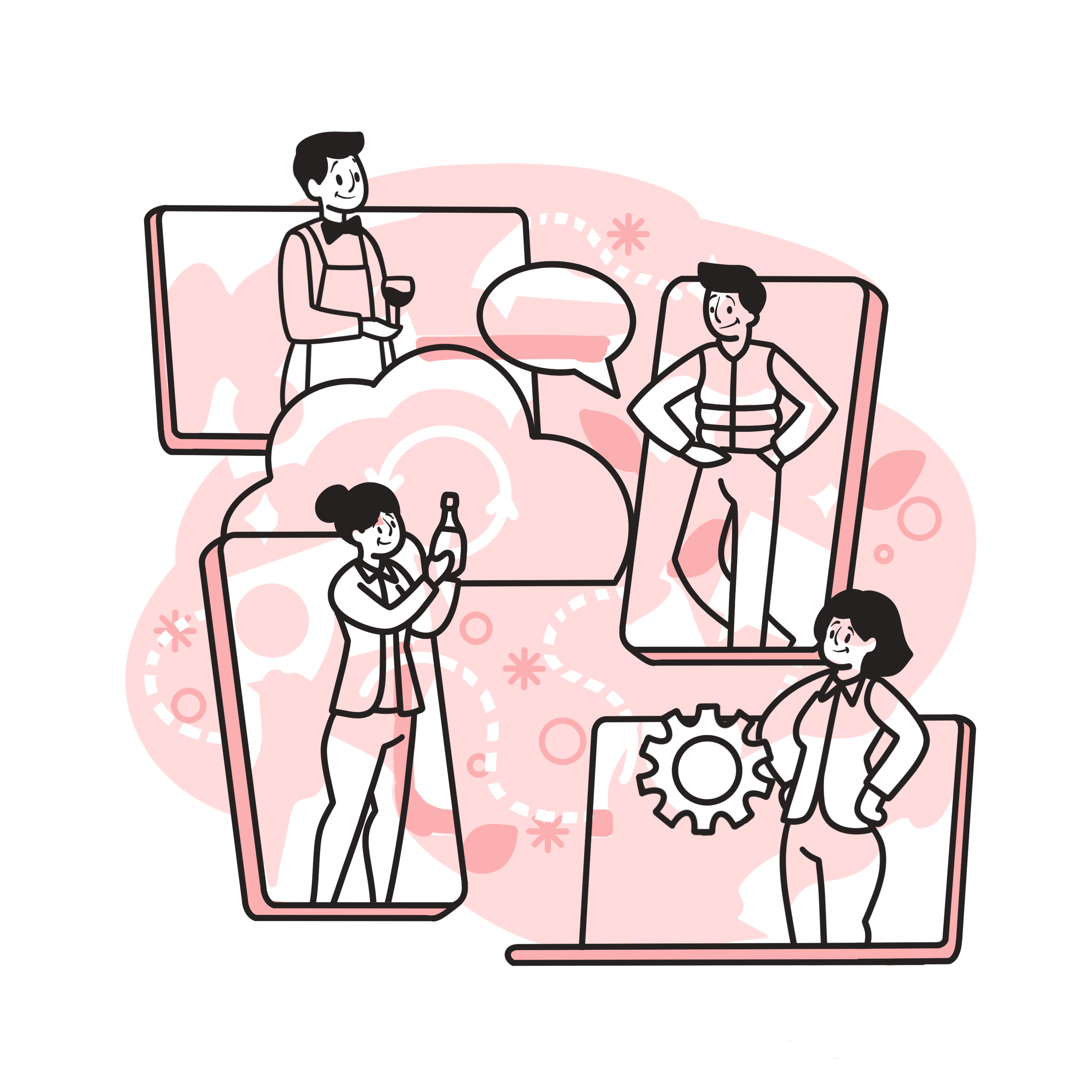Insights - April 22, 2022
The Guide to Eco-Friendly Labels and Wine Certifications: Part 3 - Other Eco-Friendly Labels
Many wine producers have certifications that decorate their bottles, here is what they represent
Written by
Aleks Zecevic
For a long time, people simply thought that wine was always natural. How can it not be, given that it comes from grapes? Others didn’t even think about it and just viewed wine as booze. However, after the Second World War, a lot has changed in the wine industry, thanks to industrial and technological advancements. Fast forward to the early 2000s, when people began paying more attention to what they eat and the origins of their food. Wine drinkers are no exception.
Today, more than ever, we see different symbols and stamps that indicate producers’ commitment to responsible farming and wine production. Often, we hear growers say that they make wine in the vineyard. And that they are either converting or have already converted their farming and entire production to green, sustainable, organic, and biodynamic methods. Some winemakers choose not to get a certification, and it is most often because of the cost and bureaucracy associated with it. Others believe that is the only way to be sure that someone is doing what they say.
The most popular certifications are organic and biodynamic, but there are also many sustainable certifications. This is the third and final article about certifications from the three-part series and it will focus on other eco-friendly labels (the previous two were about organic and biodynamic certifications).
A common misconception is that sustainable farming is a step towards organic farming, or a lesser version of it. While both buzzwords look for more environmentally-friendly practices, they look at it from a different angle. Both methods lean towards reduction or elimination of chemical and synthetic treatments. However, requirements for sustainable farming are less strict than for organic farming in terms of the elimination of chemical inputs in the vineyard. However, sustainable farming emphasizes other points, such as the role of the farm as part of the environment and the impact it has on the community. Its aim is to preserve natural resources (i.e. use of solar power, reduction of water waste and erosion, maximizing fertilization, etc.).
In the US, sustainable agriculture is defined by law through the USDA Sustainable Development Council. According to the U.S. Code Title 7, Section 3103, sustainable agriculture is an integrated system of plant and animal production practices having a site-specific application that will over the long-term:
Satisfy human food and fiber needs
Enhance environmental quality and the natural resource base upon which the agriculture economy depends
Make the most efficient use of nonrenewable resources and on-farm resources and integrate, where appropriate, natural biological cycles and controls
Sustain the economic viability of farm operations
Enhance the quality of life for farmers and society as a whole
There are many different sustainable certifications we see on wine bottles and each has a slightly different agenda.
Certified California Sustainable Winegrowing (CCSW)
Introduced in 2010, CCSW is administered by the California Sustainable Winegrowing Alliance (CSWA), a leader in promoting sustainable winegrowing practices within the California wine community. It focuses on 3 areas of sustainability: Environmental Soundness, Economical Feasibility and Social Equality. There are 4 different ranks within the CCSW that pertain to water use, energy use, greenhouse gas emissions, and nitrogen use. It also covers use of Integrated Pest Management and providing employee educational benefits. A winery can become CCSW certified with lower rank, which indicates that it has plans to improve its sustainability practices. To become fully certified, a third party is required to audit the assessments. Producers can have a winery or vineyard certified, or both.
HVE (Haute Valeur Environnementale)
HVE certification (meaning “high environmental value”) is a French certification awarded to farmers/winegrowers who choose to take a “reasoned” approach to their work, from vine cultivation to bottling. It was created by the French Ministry of Agriculture in 2001 to promote good, environmentally friendly practices, which include focus on increasing biodiversity, decreasing the negative environmental impact of their phyto-sanitary strategy (i.e. measures for the control of plant diseases, reducing the use of pesticides and fungicides), managing their fertilizer inputs, and improving water management.
HVE has strong support from the trade organization Vignerons Indépendants de France (Independent Winegrowers of France) a group of eco-conscious small-scale producers, about 25 percent of which are organic producers. The certification has 3 levels. Level 1 certifies that growers have a basic knowledge of what sustainable farming means. Level 2 is achieved if the grower adheres to 16 environmental standards imposed by the organization. Finally, the most strict, level 3 is based on the measurement of indicators such as respect for biodiversity, a strategy regarding insect pests, and sound management of fertilizer and irrigation. Only farms that achieve the third level can bear the HVE label.
LIVE Certified (Low Input Viticulture and Enology)
Founded in 1999, LIVE supports environmentally and socially responsible winegrowing, using a third-party organization for certification. It operates in the Pacific Northwest and takes into account unique attributes of the region, including the cool-climate areas in Oregon and the dry and sunny-dry climate areas of Eastern Washington and Idaho. For example, certain practices that are forbidden in warmer regions are allowed here and vice versa. There is a yearly checklist of practices that wineries and vineyards must perform to meet the LIVE standard. The checklist includes sustainability practices including planning and planting vineyards, fertilizing, required crop biodiversity, irrigation standards, and winemaking standards. Currently, 40 wineries are LIVE certified.
Terra Vitis
Terra Vitis gives HVE serious competition in France. It was created 1998 to publicize and recognize the concept of sustainable wine production. It is a national federation which brings together associations of winegrowers from several French regions. All of these growers share a similar goal and that is to have an integrated form of wine production. Terra Vitis describes its philosophy as being somewhere in between organic farming and HVE. However, it puts a lot of emphasis on greater control of the use of pesticides, especially the carcinogenic synthetic products.
SIP Certified (Sustainability in Practice)
SIP Certified started in 2008 mostly focusing on California. Initially, the pilot phase certified 3,700 acres of vines between Monterey and Santa Barbara counties. Today, there are over 42,000 vineyard acres in California and Michigan, and more than 49 million bottles of wine that have been SIP Certified.
The organization puts emphasis on social responsibility, which includes offering competitive wages, medical insurance, training, and education for workers. It also focuses on water management, safe pest management, energy efficiency, ethical business practices and preservation of the natural habitat. Vineyards and wineries must also create a sustainability plan to show how they comply with the SIP certification. which includes documentation, reporting, and examples of how that vineyard/winery is complying to SIP certification, which is audited by a third party.
Regenerative Organic Certified (ROC)
Regenerative Organic Certified was established in 2017 by a group of farmers, business leaders, and experts in soil health, animal welfare, and social fairness collectively called the Regenerative Organic Alliance, or ROA. The alliance’s objective isn’t to replace USDA, but to go beyond. The main focus is soil health and carbon sequestration, the process of capturing and storing atmospheric carbon dioxide.
The certification has three tiers: bronze, silver, and gold. The basis of getting the ROC is meeting the requirements of being certified organic, but also meeting the requirements to be certified for animal welfare and social fairness. The idea is that after many years of converting and following the requirements, a farm will reach the highest level of being both sustainable and organic. It acts almost as an umbrella for all requirements that lead to creating long-term solutions to the climate crisis, factory farming, and fractured rural economies.
Other Sustainability Organizations
Apart from the aforementioned sustainability certifications, there are many other organizations that provide certification. Many countries have their own and in essence, they are all similar to each other. Some of the most notable ones are: Certified Green - Lodi Rules, Sustainable Winegrowing New Zealand (94 percent of all vineyards in New Zealand are SWNZ certified), Certified Sustainable Wine of Chile, Sustainable Australia Winegrowing, Bodegas de Argentina Sustainability Protocol, South Africa’s Integrity and Sustainability Certified, and more.
Our latest stories and podcasts:

PODCAST EPISODE
Theresa Olkus of the VDP
Aleks Zecevic interviews Theresa Olkus, the managing director of the VDP

PODCAST EPISODE
Austrian Wine with Chris Yorke
Aleks Zecevic interviews Chris Yorke, CEO of Austrian Wine

PODCAST EPISODE
Treading the Grapes with Simon Woolf
In this episode, Aleks Zecevic interviews the Amsterdam-based wine writer, Simon Woolf

